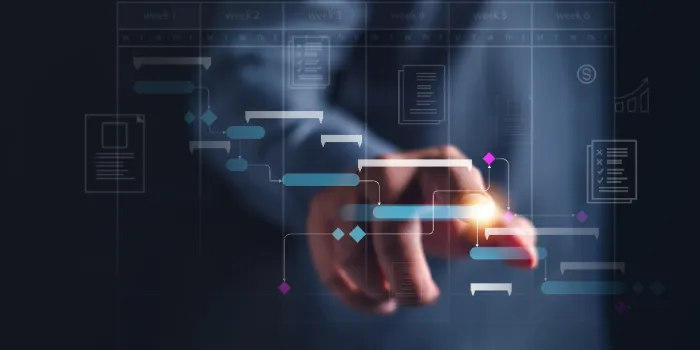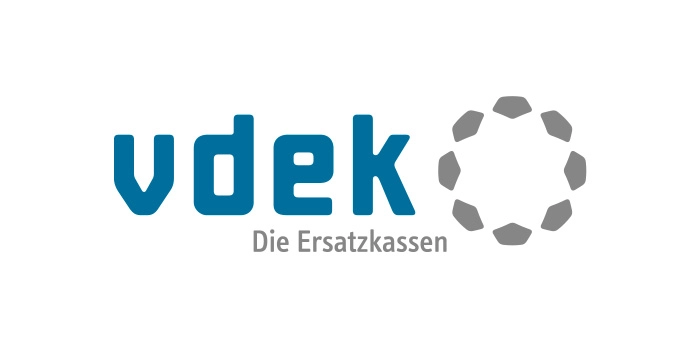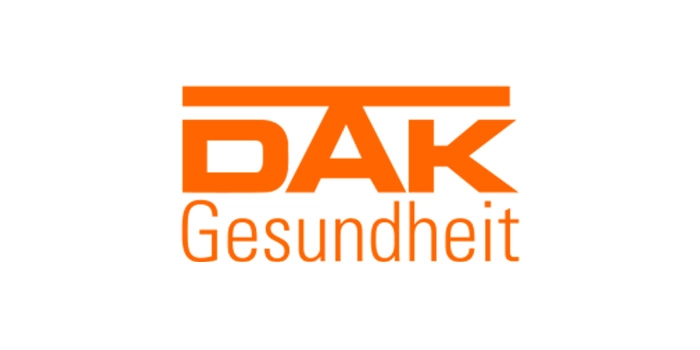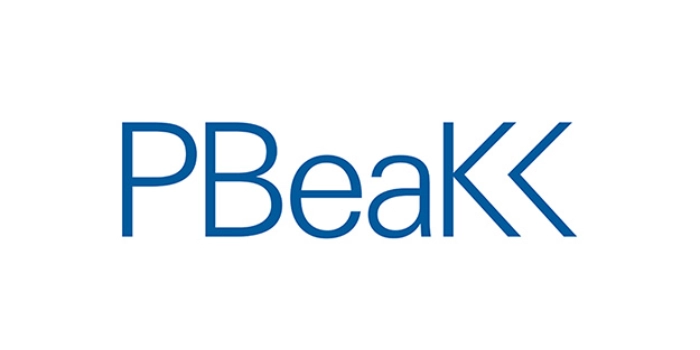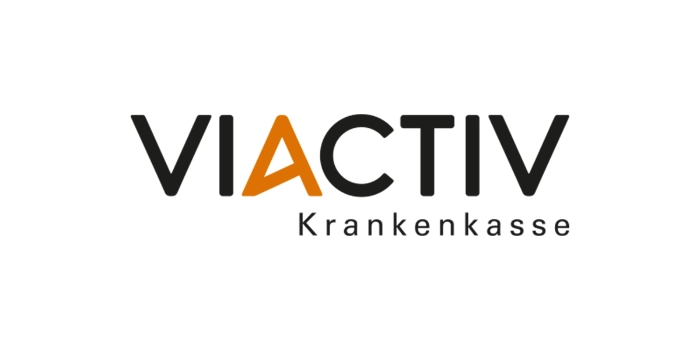

Software Identification using RxSWIN for homologation
Software identification using RxSWIN for homologation
Before a car can be built and sold in Germany, the Federal Motor Transport Authority (Kraftfahrtbundesamt) must approve it. This means that all installed parts must be tested in advance. This is known as homologation. The United Nations Economic Commission for Europe (UNECE) stipulates that this approval is valid not only in Germany, but in all member countries.
There are around 150 UNECE regulations for functions – ranging from door locks and door suspensions to steering systems and brake assistance systems – that have to be taken into account in vehicle construction and are tested during homologation. As a rule, between 30 and 50 of these regulations are relevant for a single vehicle project.
In the past, type approval was granted in particular for the installed hardware: for example, sheet metal, tires, engine, and brakes. As a result of constant further development, more and more electronics are being installed in vehicles. From engine management and brakes to power windows, up to 120 ECUs are used in a new vehicle today. The trend here is toward centralization on a few intelligent ECUs in a vehicle.
As an additional challenge, it should be possible to install updates over the air (OTA) at any time and from any location, and no longer exclusively in the workshop. Technological innovations are shortening update cycles.
It is not just the vehicles themselves that are evolving, but also the way they are tested prior to type approval. The software on the ECUs has moved further into the focus of the authorities, and not just since the diesel scandal.
For this reason, the software used in a vehicle is now to be given greater consideration in the context of type testing and approval. Within the framework of a UNECE certification of the software update management system, this is implemented, among other things, with the aid of regulation-related software identification numbers, the RxSWINs (Regulation x Software Identification Number). The character "x" in RxSWIN stands for the numbering of the ECE regulations, e.g., R79 = steering systems. The identifier must:
- comprehensibly and unambiguously identify functions subject to type approval
- and any changes to them,
- be readable in the vehicle and
- be provided to the type of approval authority
In this way, when the vehicle undergoes a general inspection, it can later be determined whether the vehicle complies with an approved status. If, for example, it is determined that the software is not approved, the vehicle must be immobilized.
This means that for each regulation that a vehicle must comply with, an identification number must be written into the vehicle and made available to the authority. In addition, it increases complexity because the individual regulations do not relate to individual ECUs and their software, but as a rule to several different ECUs.
These then map a function, for example steering systems (regulation 79). In addition, each ECU can also be affected by several regulations. The difficulty, therefore, is to put together the right RxSWINs for each individual car for the ECUs installed in combination.
This leads to challenges for OEMs in the context of the entire product lifecycle from development to production to after-sales service and the systems used in these areas.
Depending on the customer's equipment selection options, it is necessary to determine which RxSWINs apply to which vehicle projects during development prior to type approval. In production, the individually valid RxSWINs must then be written to the central ECU gateway. A final check is carried out to ensure that only approved vehicles are built and sold. In the customer service workshops, it may be necessary to be able to change the identification numbers when the vehicles are repaired at a later date.
As an automotive and IT specialist, msg brings together the necessary competences:
- We know how software is created and we know the specifics of the automotive industry
- We can analyze the entire process chain of the OEMs' value creation process and support the new and further development of processes and systems
We are at your side with advice and support. Our experts are available for consulting, conception, functional specification up to implementation in the IT systems.



